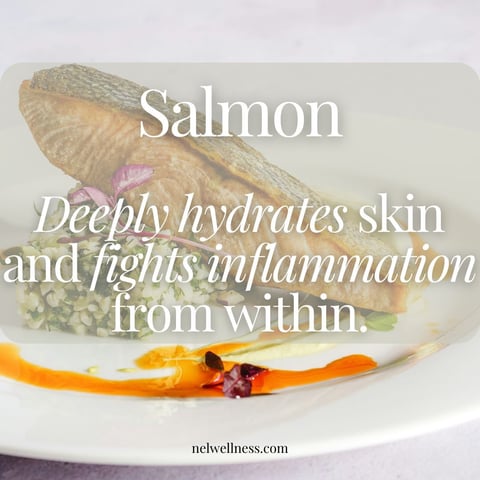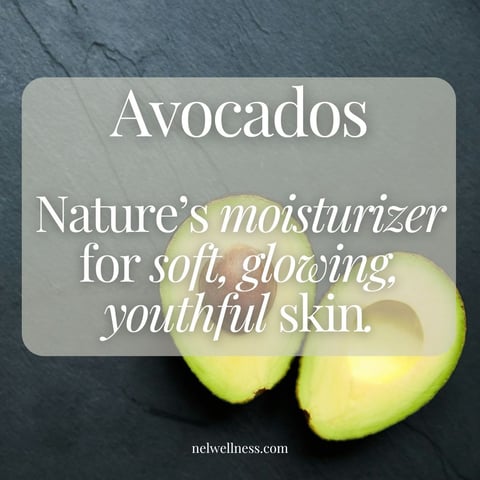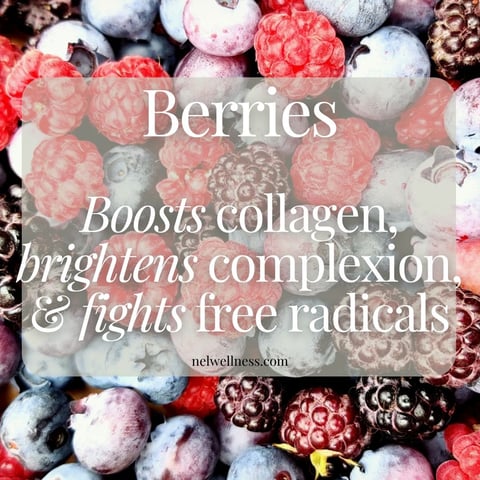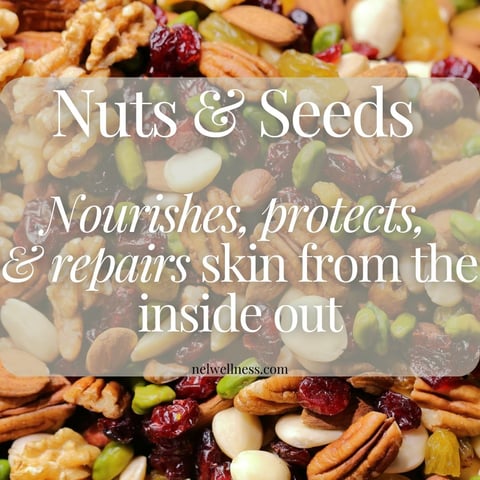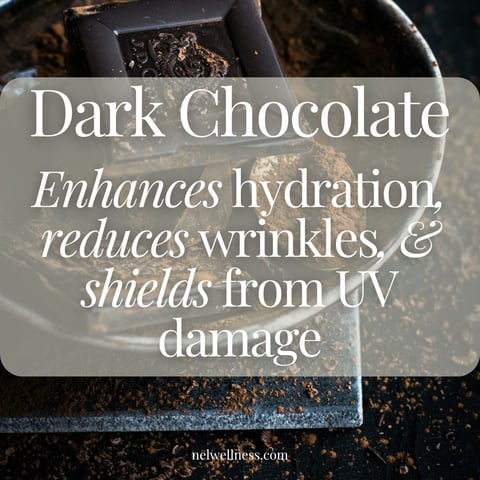The Science of Skincare: Best Foods for Glowing Skin
From hydrating superfoods to collagen-boosting ingredients, let’s explore the best foods for glowing skin, their history, benefits, and how you can easily incorporate them into your diet.
SKIN HEALTHDIET & NUTRITION
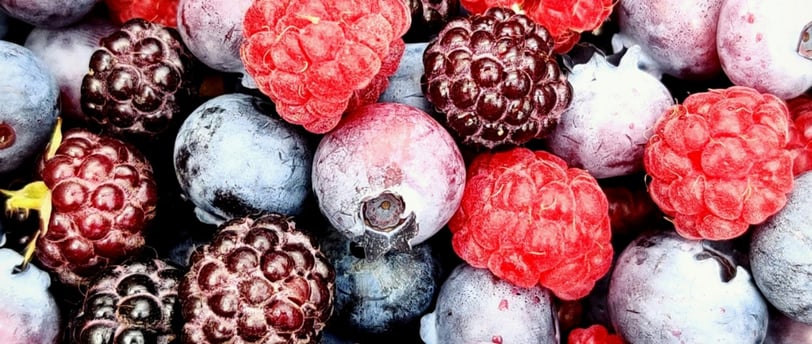

The Science of Skincare: Best Foods for Glowing Skin
The Secret to Radiant Skin Starts on Your Plate
I used to think glowing skin was all about the right creams, serums, and facials—until I met Sarah. She was 42 but had the skin of someone in her late 20s. Her secret? Not an expensive skincare routine, but the food she ate every day.
"Skincare starts from within," she told me over a vibrant salad filled with avocados, berries, nuts, and dark leafy greens. As a nutritionist, Sarah had long understood what science now confirms—what we eat directly impacts skin health, elasticity, and radiance.
From hydrating superfoods to collagen-boosting ingredients, let’s explore the best foods for glowing skin, their history, benefits, and how you can easily incorporate them into your diet.
1. Fatty Fish – The Skin Hydration Hero
History & Background
For centuries, coastal communities in Japan, Scandinavia, and the Mediterranean have relied on salmon, mackerel, and sardines for both nourishment and longevity. Their diets are rich in omega-3 fatty acids, which are now scientifically linked to skin hydration, elasticity, and reduced inflammation.
How It Works
Fatty fish are packed with omega-3s, which help fortify the skin’s barrier, locking in moisture and reducing dryness and irritation. They are also rich in vitamin E, a powerful antioxidant that protects skin from damage and supports healing.
Benefits
✅ Deeply hydrates skin and prevents flakiness.
✅ Reduces inflammation (great for eczema & psoriasis sufferers).
✅ Supports collagen production, keeping skin plump and youthful.
Potential Side Effects
Some fish contain mercury, which can be harmful in excess. To stay safe, opt for wild-caught, smaller fish like sardines and avoid overconsumption of larger fish like tuna.
How to Eat It
Grilled salmon with a lemon-garlic dressing.
Sardine avocado toast on whole-grain bread.
Omega-3 boost: Add flaxseeds or walnuts for plant-based alternatives.
2. Avocados – Nature’s Moisturizer
History & Background
Avocados have been cultivated for over 7,000 years, originally enjoyed by the Aztecs and Mayans, who believed they had anti-aging properties.
How It Works
Rich in healthy monounsaturated fats and vitamin E, avocados act as a natural moisturizer for your skin. They help prevent wrinkles, protect against UV damage, and improve skin elasticity.
Benefits
✅ Locks in skin moisture and prevents dryness.
✅ Protects against sun damage with antioxidants.
✅ Enhances collagen production, reducing fine lines.
Potential Side Effects
While rare, some people have avocado allergies. If you notice any irritation, try flaxseeds or almonds for similar benefits.
How to Eat It
Avocado smoothie with banana, almond milk, and honey.
Guacamole dip with whole-grain crackers.
Sliced avocado on salads for a creamy, nutrient-packed boost.
3. Berries – The Antioxidant Powerhouse
History & Background
For centuries, Native Americans used blueberries, raspberries, and strawberries for healing and skin protection due to their high antioxidant content.
How It Works
Berries are rich in vitamin C, which boosts collagen production, keeping skin firm and youthful. They also contain polyphenols, which fight free radical damage caused by pollution and stress.
Benefits
✅ Fights wrinkles and skin sagging with collagen support.
✅ Protects against environmental damage (pollution & UV exposure).
✅ Brightens skin tone and reduces dark spots.
Potential Side Effects
Some berries may trigger allergies, and excessive fruit sugar intake can affect blood sugar levels.
How to Eat It
Berry smoothie with Greek yogurt and honey.
Oatmeal topping with mixed berries and chia seeds.
Frozen berry snack for a refreshing, skin-boosting treat.
4. Nuts & Seeds – The Glow-Boosting Snack
History & Background
Since ancient times, Middle Eastern and Asian cultures have consumed almonds, walnuts, and sunflower seeds for beauty and longevity.
How It Works
Nuts and seeds are packed with zinc, vitamin E, and selenium, all crucial for skin repair, hydration, and protection from UV damage.
Benefits
✅ Prevents acne and breakouts with zinc.
✅ Boosts skin hydration and repair with vitamin E.
✅ Reduces sun damage and signs of aging.
Potential Side Effects
Some people have nut allergies. Sunflower or pumpkin seeds are great nut-free alternatives.
How to Eat It
Almond butter on whole-grain toast.
Trail mix with walnuts, pumpkin seeds, and dark chocolate.
Flaxseed smoothie for plant-based omega-3s.
5. Dark Chocolate – The Skin-Protecting Indulgence
History & Background
The Aztecs and Mayans called cacao "food of the gods" for its powerful health and beauty benefits.
How It Works
Dark chocolate is packed with flavonoids, which help increase blood flow to the skin, boosting hydration, elasticity, and protection from UV rays.
Benefits
✅ Reduces wrinkles and fine lines.
✅ Improves skin texture and hydration.
✅ Protects against sun-induced damage.
Potential Side Effects
Excessive chocolate consumption can cause breakouts due to added sugars. Stick to 85% dark chocolate for the best benefits.
How to Eat It
Dark chocolate and berry smoothie.
Cacao nibs sprinkled on Greek yogurt.
Homemade dark chocolate almonds.
Tailoring Your Diet to Your Needs
✅ Vegan/Vegetarian – Focus on avocados, berries, nuts, and dark chocolate.
✅ Keto – Stick to fatty fish, nuts, and dark chocolate.
✅ Gluten-Free – All foods listed are naturally gluten-free!
Conclusion
At Nel Wellness, we believe that true skincare starts from within. By incorporating these skin-nourishing foods into your diet, you can achieve glowing, healthy skin naturally.
✨ Which of these foods will you try first? Let us know in the comments! 🚀
🔗 Explore more wellness insights at nelwellness.com.
